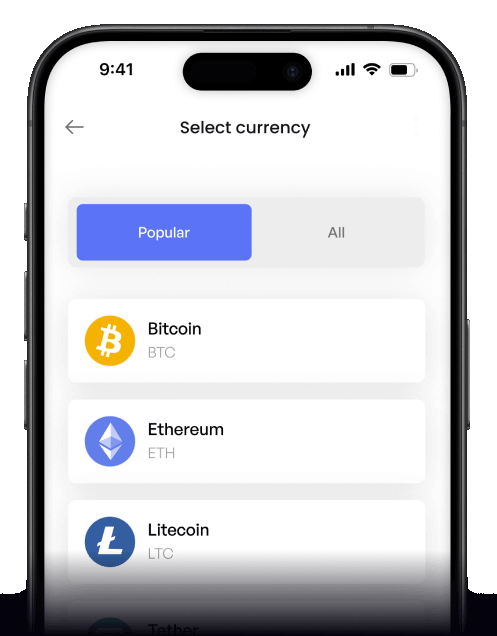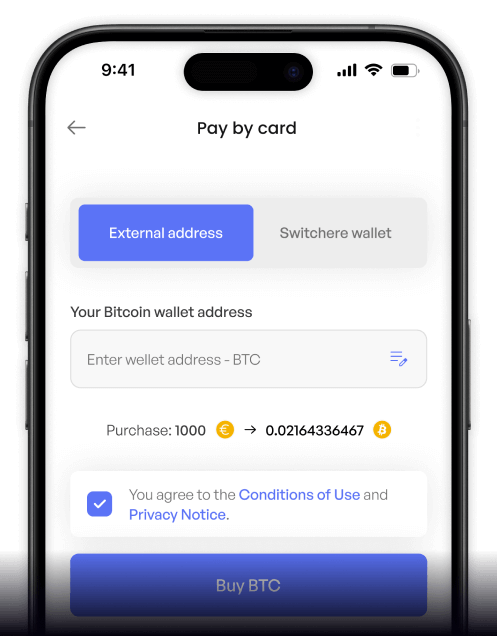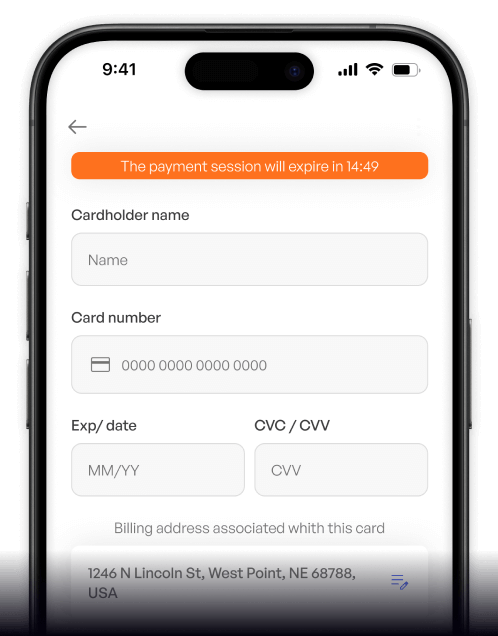Converter
Indian Rupee (INR) em Celsius (CEL) instantaneamente
Compre Celsius (CEL) com Indian Rupee (INR) facilmente na Switchere e beneficie-se de transações rápidas e seguras.
Sobre
Celsius (CEL)
A Celsius Network, com seu token nativo CEL, surgiu como uma importante plataforma de finanças centralizadas (CeFi) projetada para preencher a lacuna entre o sistema bancário tradicional e o mundo dos ativos digitais. Sua principal função era oferecer aos usuários a capacidade de obter rendimento sobre suas posses de criptomoedas e de contrair empréstimos com garantia de criptoativos. A plataforma operava em uma base de custódia, gerenciando os fundos dos usuários para gerar receita de juros por meio de atividades de empréstimo a tomadores institucionais. Esse modelo a posicionou como uma alternativa amigável para detentores de cripto que buscavam colocar seus ativos para trabalhar sem navegar por protocolos DeFi complexos.
O token CEL era o núcleo de seu sistema de fidelidade e recompensas. Como um token de utilidade, manter e usar o CEL proporcionava benefícios tangíveis dentro do ecossistema Celsius, como taxas de juros preferenciais tanto para rendimentos quanto para empréstimos. Os usuários podiam receber rendimentos mais altos em seus ativos depositados e taxas mais baixas em empréstimos, com recompensas frequentemente distribuídas semanalmente na forma de CEL. Essa estrutura de tokenomics foi projetada para incentivar a lealdade do usuário e impulsionar a demanda pelo ativo nativo. No entanto, a plataforma enfrentou desafios operacionais significativos e pressões de mercado, o que acabou levando a um pedido de recuperação judicial (Chapter 11), impactando profundamente seus usuários e remodelando a narrativa em torno do risco no setor de empréstimos CeFi.
Como comprar Celsius (CEL)
Moedas populares para Indian Rupee (INR)
Outras moedas para Indian Rupee (INR)
Perguntas frequentes
-
Qual era o método principal para adquirir Celsius (CEL) com Rúpias Indianas (INR)?
Historicamente, a aquisição de CEL com INR era feita tipicamente através de exchanges de criptomoedas indianas que listavam o token ou por meio de plataformas peer-to-peer (P2P). Os usuários completavam a conformidade KYC/AML e, em seguida, usavam uma rampa de entrada fiduciária para depositar INR por métodos como UPI, IMPS ou transferências bancárias NEFT. Após a falência da Celsius Network, os pares de negociação diretos INR/CEL tornaram-se extremamente raros e são considerados de alto risco devido a deslistagens e baixa liquidez. -
Qual era a utilidade principal do token CEL dentro do ecossistema original da Celsius Network?
O token CEL era um token de utilidade projetado para fornecer benefícios aos usuários da plataforma de empréstimos de criptomoedas Celsius. Suas funções primárias incluíam permitir que os usuários ganhassem taxas de rendimento mais altas em seus ativos digitais depositados, recebessem descontos nos pagamentos de juros de empréstimos e fizessem pagamentos sem taxas através do serviço CelPay. A posse de CEL era incentivada para acessar esses termos preferenciais, tornando-o efetivamente um token de fidelidade para a plataforma. -
Quais são os riscos significativos de negociar o par INR/CEL após a falência da Celsius?
Negociar INR/CEL após a falência acarreta risco extremo. As principais preocupações incluem: grave falta de liquidez, dificultando a execução de negociações sem derrapagem de preço significativa; alta volatilidade de preços impulsionada pela especulação em vez de fundamentos; o risco de as exchanges restantes deslistarem completamente o token; e a perda da utilidade original do token devido ao processo de falência do Capítulo 11. Há um risco substancial de perda total de capital ao se envolver com este ativo digital. -
Quais métodos de pagamento indianos, como o UPI, foram usados como rampa de entrada fiduciária para comprar CEL?
Para usuários indianos, os métodos de rampa de entrada fiduciária mais comuns para depositar INR em exchanges para a compra de ativos digitais como o CEL incluíam a Interface de Pagamentos Unificada (UPI), que oferecia transferências instantâneas. Outros métodos prevalentes eram a transferência bancária direta usando IMPS (Serviço de Pagamento Imediato) ou NEFT (Transferência Eletrônica de Fundos Nacional). Alguns mercados P2P também facilitavam esses métodos de pagamento para transações diretas de usuário para usuário. -
É possível converter CEL diretamente de volta para INR como uma rampa de saída fiduciária?
Encontrar uma rampa de saída fiduciária direta para converter CEL em INR é agora excepcionalmente difícil. A maioria das exchanges indianas e internacionais de boa reputação deslistaram os pares CEL/INR ou CEL/USDT. O único caminho potencial para um investidor seria encontrar uma exchange de nicho que ainda suporte a negociação de CEL, vendê-lo por uma criptomoeda mais líquida como BTC ou uma stablecoin, e então usar esse ativo em uma exchange indiana para converter em INR. Este processo de várias etapas envolve alto risco de transação, derrapagem e taxas.






